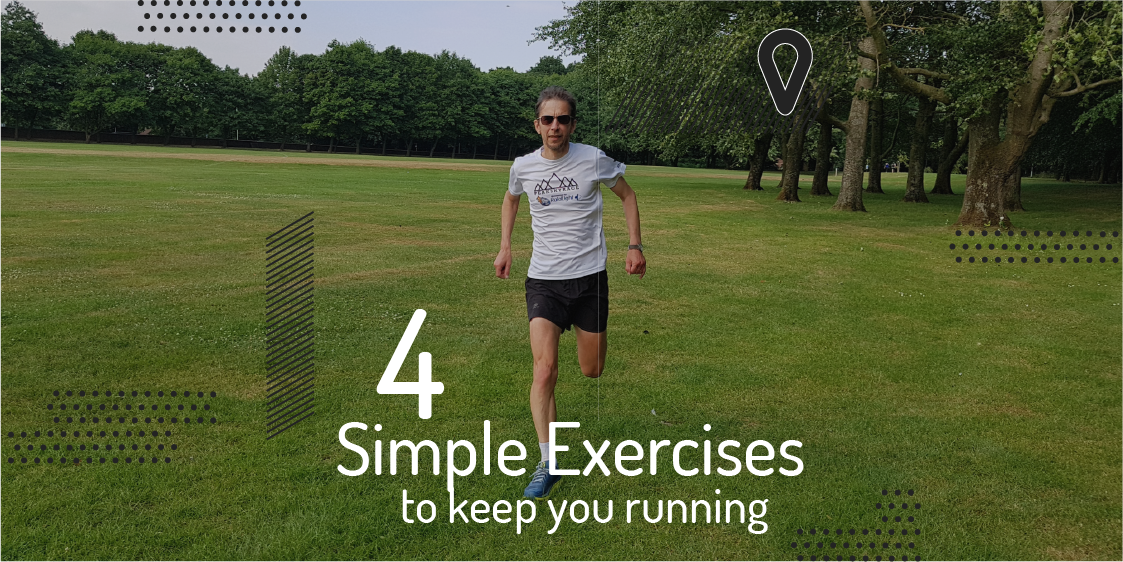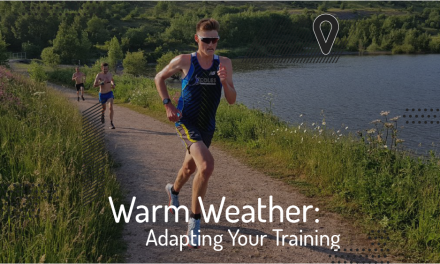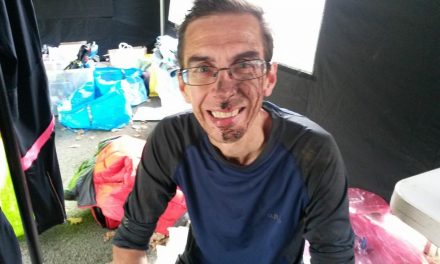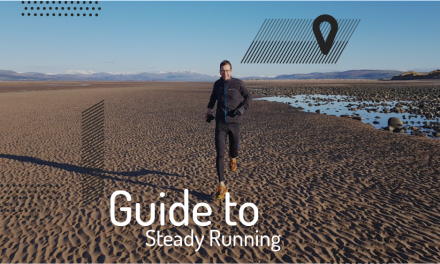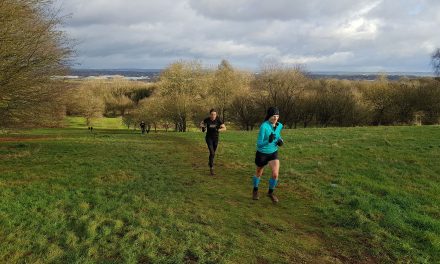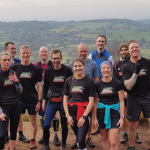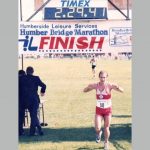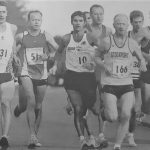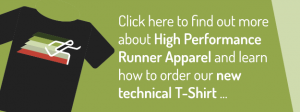the amount of time that most people sit… has more impact on running style than almost anything else and also sets you up for all kinds of running injuries
Not sitting as much and walking around in bare feet should help, but in the real world these can be impractical. And changing to barefoot or minimalist running footwear is a step too far for most. If you do these exercises every day you will notice a renewed spring in your step and a reduction in ‘tight’ muscles.
These are mainly preventative and maintenance exercises. They won’t fix major problems, which you should go and see a professional physiotherapist like Brian Cole and/or a bio-mechanics expert such as Clifton Bradeley to get an opinion and treatment on if required. However from my experience you should notice small changes including improvements in your running form, and the way your feet and lower legs feel when running within a few days of starting, and hopefully this will reduce the incidence of injuries and maybe even give you a little more spring in your step.
1. Full / Half SQUATS with BoDY stretch:
Stand up straight with feet shoulder width apart and go down slowly right down on your haunches keeping heels on the floor and using arms in front of you to balance. Stand up smoothly. As you stand up straight stretch your arms above your head and feel the stretch through your trunk and back before you go back down again. Start with 5 repetitions and build up to 10 once a day. This exercise activates your glute and quad muscles through a range of motion and you will rapidly feel the benefits through improved running form even from a small number of these each day. Your hamstring muscles will also feel less ‘tight’. If you suffer from knee problems limit the range of movement to half squats (don’t bend your knee beyond a 90 degree angle). Extra weight or repetitions are unnecessary. Compensation for sitting is all that is required.
2. Heel Raises:
The strength in a calf muscle is its spring tension. With reduced tension your whole running action starts to fall to pieces and your running economy at any pace is reduced. Less tension will also cause achilles issues. Calf stretching can help a little but the best solution is to do some heel raises each day. Start two footed and then gradually add in single footed heel raises as you get stronger. Stand on a step and without letting the foot drop below the level of the step, raise your heel/s about an inch (2.5 cm) and immediately lower again. Repeat with a gentle bouncing action until you start to feel a burning sensation in your calf and then stop and walk around. Doing this once a day is enough to make a big difference. There is no need to increase the number of reps ever higher, increase the range of movement further, or add additional weight – you just need the calf springs to be working as nature intended.
3. Bare foot toe curls:
Curl all your toes up under your foot for about 5 seconds and repeat 3 or 4 times a few times a day. This increases the strength of the tendons in your foot and the muscles that activate them in your calf, and helps to offset some of the weakness in your foot caused by long term wearing of overly supportive footwear. This exercise will help to reduce the incidence of arch pain and plantar faciitis. Start gently and gradually use more power as they get stronger. Don’t over-do this exercise at first or you will quickly get pain in the tendons under the foot showing exactly how weak they have got.
4. Bare foot jogging:
Jog slowly around indoors or on a firm but smooth surface outdoors in your bare feet or socks for a couple of minutes. In addition to being a great all-round strengthening exercise for the feet and calf muscles, this is always a measure for me of whether any lower leg injury is too bad to run on. Start with a minute and don’t go above 5 minutes. When you first do this, your feet, ankles and calf muscles are likely to feel very weak, but they will soon get stronger with a bit of practice every day. This can also be supplemented with some gentle jogging up stairs which will further improve coordination and leg strength, although be careful you don’t trip.
All exercises should only be undertaken at your own risk. If you have any doubts don’t do it.
If you have a question or need additional advice, or you want to give me feedback on how this advice worked (or didn’t) work for you, please don’t hesitate to contact me
All content in this article copyright of High Performance Runner 2020
